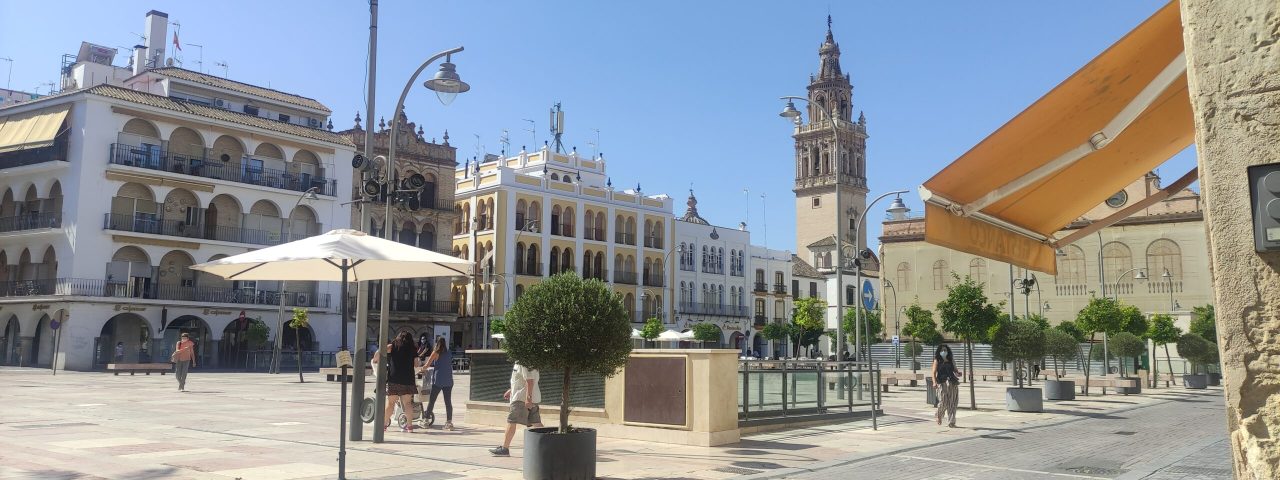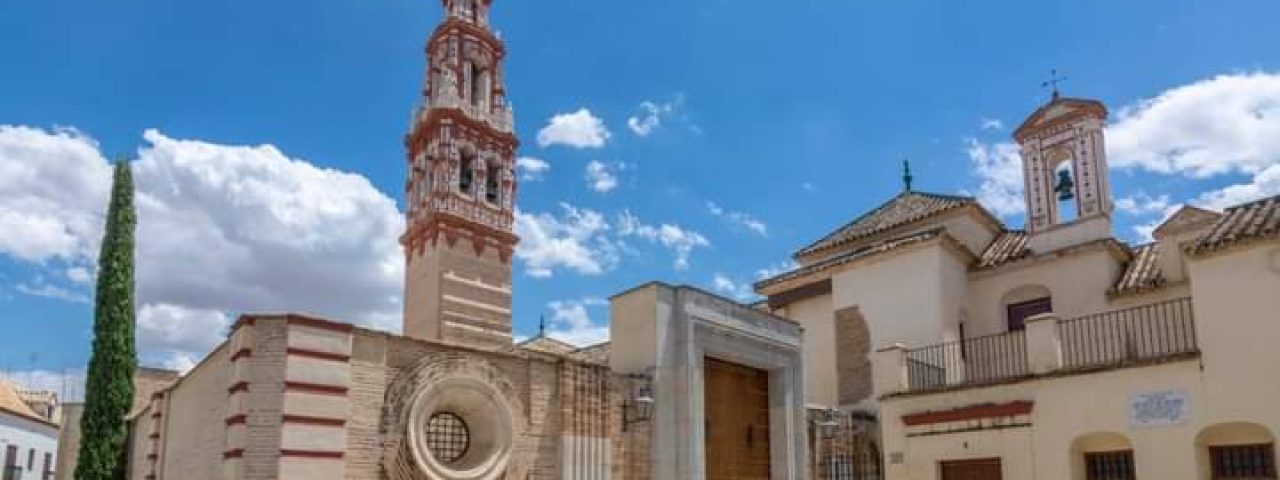Écija’s history stretches back over 2,000 years, with roots in Roman times when it was known as Astigi. It was an important city in the Roman Empire, particularly for its agricultural and ceramic production. After the fall of Rome, Écija came under Visigothic and then Moorish rule, both of which have left a lasting cultural and architectural influence. During the Christian Reconquista, it was retaken by Ferdinand III of Castile in 1240, marking the beginning of its Christianization.
The city flourished during the 16th and 17th centuries, becoming known for its Baroque churches, palaces, and convents. This era left behind a wealth of architectural heritage that makes Écija one of the most visually captivating cities in Andalusia. Local festivals like Semana Santa (Holy Week) are celebrated with fervor, reflecting Écija’s deep Catholic traditions.
Écija is also famous for its local customs, particularly the preservation of its “towers” or bell towers that dot the skyline. These towers, a legacy of the Baroque era, have earned Écija the nickname “City of Towers.” In addition to its religious festivals, the city hosts cultural events such as flamenco performances and the Feria de Écija, a popular fair celebrating Andalusian traditions.

